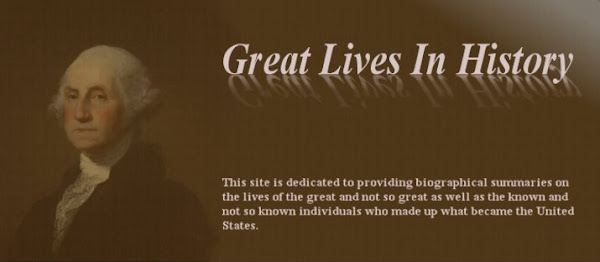 His mother produced a cookbook that was popular for over 100 years, and is still in use today.
His mother produced a cookbook that was popular for over 100 years, and is still in use today.He was an opponent to capitalism.
It is estimated that men will spend an average of five months of their lives using his product.
Although his ancestors had landed in Massachusetts in the 1630s, the family had migrated westward. King Camp Gillette was born in the small town of Fond du Lac, central Wisconsin, on January 5, 1855. His parents, George and Fanny, were both innovators in their own right, which would have a long-term influence on their son. When King was four, the Gillette’s moved to Chicago, where his father would start a hardware business. Thirteen years later the great Chicago Fire would wipe out the business, and they would move to New York, where the elder Gillette got a job as a patent agent.
King went to work as a travelling salesman at the age of 17, and would make improvements on some of the products he sold, winding up with four patents of his own by 1890. King was a successful salesman, working for a variety of companies, for the next 20 years. It was in 1890 that he married Ella Gaines.
His mother, in 1887, published the White House Cook Book: A Selection of Choice Recipes Original and Selected, During a Period of Forty Years' Practical Housekeeping. The book became a standard gift for new brides, and is still sold today – both the original and revised editions.
“As I stood there with the razor in my hand, my eyes resting on it as lightly as a bird settling down on its nest—the Gillette razor was born. I saw it all in a moment, and in that same moment many unvoiced questions were asked and answered more with the rapidity of a dream than by the slow process of reasoning. … I stood there before that mirror in a trance of joy at what I saw.”
It was while he was traveling on a train that King discovered his dream. Shaving on a train with a straight razor was really dangerous. There were safety razors available – King had one, the Star Safety Razor – but the blade had to be manually resharpened. King felt there had to be a better way. In 1895, living in Boston, he came up with the idea of putting an edge on a small piece of steel, creating a blade that could be readily replaced when it became dull. King later said:
Safety Razor – but the blade had to be manually resharpened. King felt there had to be a better way. In 1895, living in Boston, he came up with the idea of putting an edge on a small piece of steel, creating a blade that could be readily replaced when it became dull. King later said:
 Safety Razor – but the blade had to be manually resharpened. King felt there had to be a better way. In 1895, living in Boston, he came up with the idea of putting an edge on a small piece of steel, creating a blade that could be readily replaced when it became dull. King later said:
Safety Razor – but the blade had to be manually resharpened. King felt there had to be a better way. In 1895, living in Boston, he came up with the idea of putting an edge on a small piece of steel, creating a blade that could be readily replaced when it became dull. King later said: “If I had been technically trained, I would have quit or probably never would have begun...”
King consulted metallurgists at MIT - who promptly assured him that it could not be done. King did not give up, and in 1901 partnered with a MIT graduate, William Nickerson, an engineer who produced the blade King wanted. A company was formed in 1901 (The American Safety Razor Company), to be renamed The Gillette Safety Razor Company the following year. He won a patient (patent #775,134), and started producing razors and blades in 1903. For the first time razor blades would be sold in multiple packages.
“Sell the razors cheap and the blades dear.”
In order to market his product, King came up with an innovative idea: He gave away the safety razor, then sold the replaceable blades. The root of his idea came from his time as a travelling salesman with the Baltimore Seal Company, whose owner had told the inventor that in order to be successful, he had to invent something that people would throw away. It was through this technique he became wealthy. King became somewhat of a celebrity, as his picture and signature was on every razor blade package sold – not only in the United States, but world-wide.
King would lose most of his wealth in the stock market crash of 1929, and would be levered from controlling his company by various Board machinations. He would die in 1932 at the age of 77.
Despite his success, or perhaps because of it, King was not a supporter of capitalism. In 1894 he had written an anti-capitalist book called "The Human Drift" in which he criticized business practices and the rich. In the book, he stated that competition was the root of all evil and proposed a form of utopian, socialistic society that was pollution free. He hoped to replace the sprawling cities that the industrial revolution had created with beehive type communities.
WEB RESOURCES
http://www.school-for-champions.com/biographies/gillette.htm
http://www.americanheritage.com/articles/magazine/it/1992/4/1992_4_40.shtml
LOCAL LIBRARY RESOURCES
None
WEB RESOURCES
http://www.school-for-champions.com/biographies/gillette.htm
http://www.americanheritage.com/articles/magazine/it/1992/4/1992_4_40.shtml
LOCAL LIBRARY RESOURCES
None


No comments:
Post a Comment